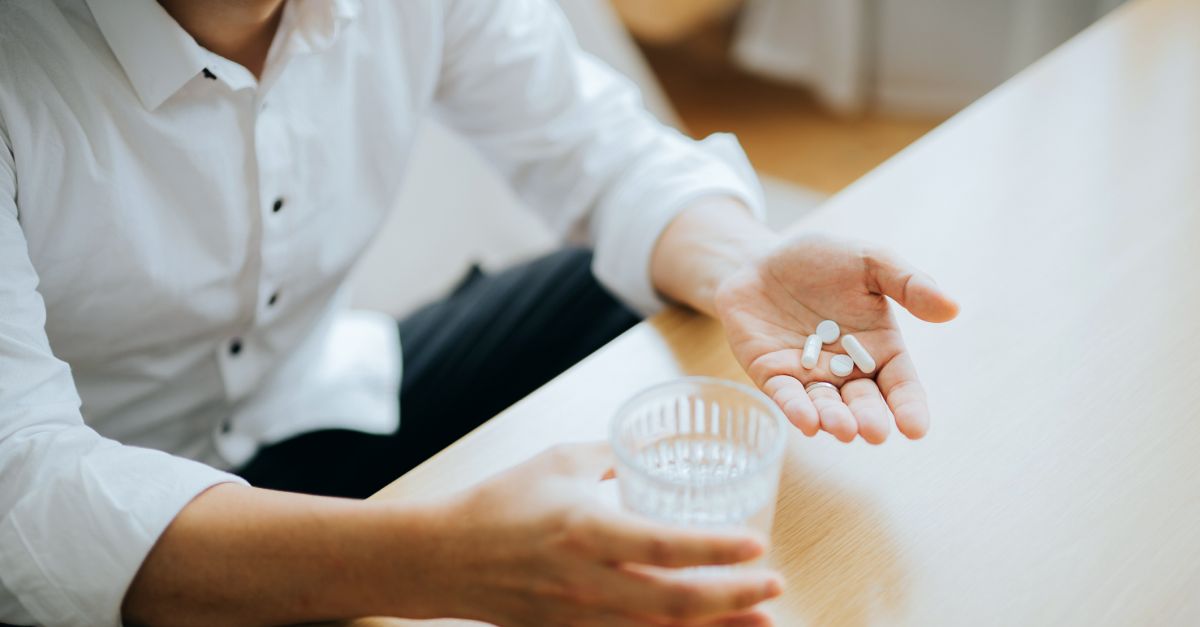As the COVID-19 pandemic continues to grip the world, social distancing guidelines implemented by healthcare officials remain crucial in combating the spread of the virus. These guidelines, however, have a particularly significant impact on cancer patients burdened with transfusion schedules and frequent clinic visits. Use of available oral oncolytics seems to be an obvious choice amid the SARS-CoV-2 pandemic, due to the advantage and convenience of their at-home administration; yet cost premiums of these agents remain a persistent concern for patients, often resulting in nonadherence by many. A study recently published in the Journal of the Advanced Practitioner in Oncology underscores the concerns of healthcare workers regarding the effects of oral oncolytics cost. The study surveyed 503 participants from a variety of healthcare roles, including pharmacists (54%), pharmacy administrators (15%), nurses (10%), physicians (5%), advanced practice providers (4%), and social workers (2%), with the intent of understanding their perspectives on cost and its impact on patient care.
According to the study, nearly half of respondents (46.6%) indicated they have observed a patient abandon a treatment due to cost (abandonment defined as the patient discontinuing therapy after at least 1 dose without follow-up for change of therapy). The survey revealed that, as a result of cost premiums of oral oncolytics, over two-thirds of survey participants have changed a patient’s treatment course because the patient was not able to procure the drug; 6.1% indicated they have leveraged a drug interaction to increase half-life of the drug to reduce overall cost for the patient, and approximately one-third of patients wait over 1 week before initiating oral chemotherapy medications, due to payment issues. The results of this survey are especially alarming in the context of COVID-19, as it reveals the impact of cost in driving patients toward less expensive therapies that may require in-clinic administration, thus increasing the risk of SARS-CoV-2 infections in cancer patients, an immunocompromised population. Ultimately, this study highlights the detrimental impact of oral oncolytics costs on patient care and informs on issues that should be addressed to ensure patient access to proper treatment during the COVID-19 pandemic.
High Altitude: This survey reveals the risk in abandoning oral therapies due to cost. Assessment of individual patient susceptibility to cost and continued investigation of oral oncolytic agents are needed to increase adherence to therapies. However, investigation and analysis of low-cost options should also be prioritized, to address cost sensitivities in patients. Indeed, many patients may be suffering from loss of health insurance and income during the pandemic, escalating the importance of financial considerations.
Ground Level: Until the COVID-19 pandemic is properly resolved, clinicians have been advised to seek options that support social distancing guidelines and the continued allocation of healthcare resources in combating the pandemic. The use of oral oncolytics addresses some of these concerns by reducing the need for in-clinic visits for many immunocompromised patients, and can free up hospital resources to focus on patients currently affected by the SARS-CoV-2 virus. However, this is also a time when patients might have increased sensitivity to oral oncolytics cost; hence, increased awareness of state and federal assistance programs, as well as support from pharmaceutical companies, could enable treatment centers to better advise patients so that they can access oral medications despite financial constraints, which may be exacerbated during the current pandemic.

